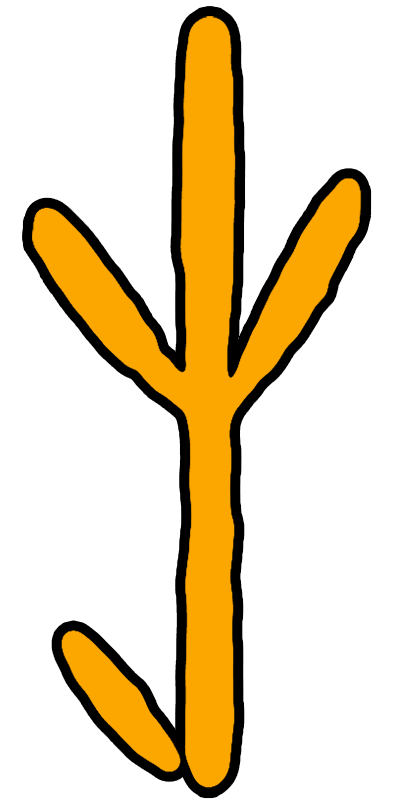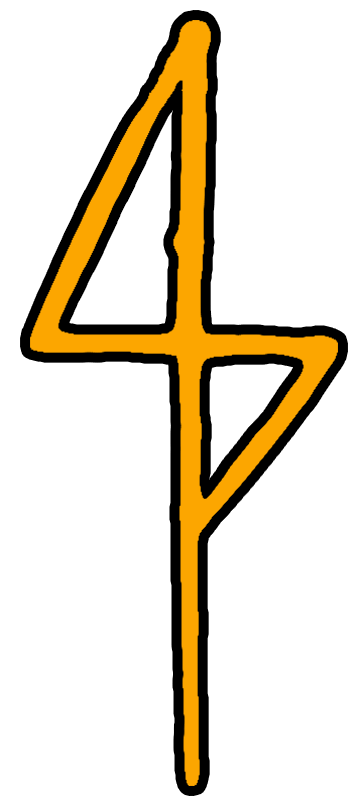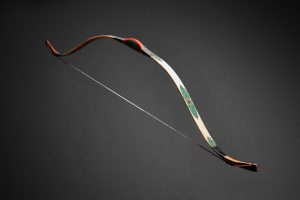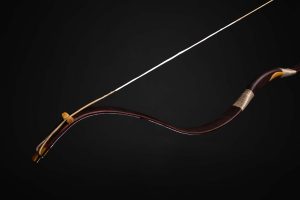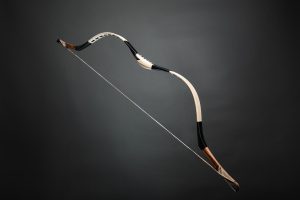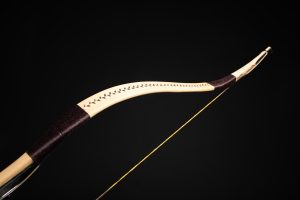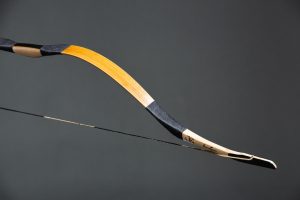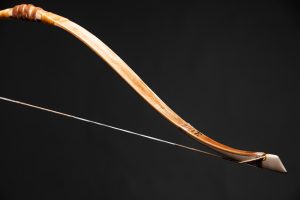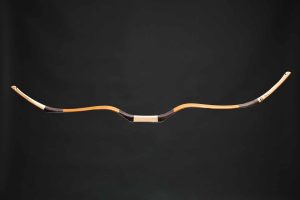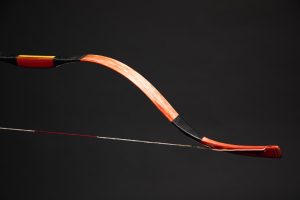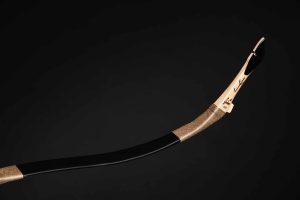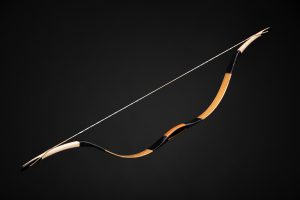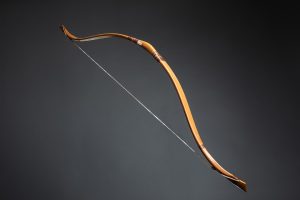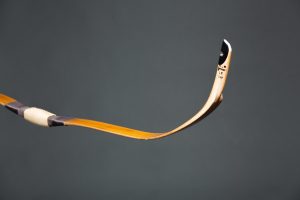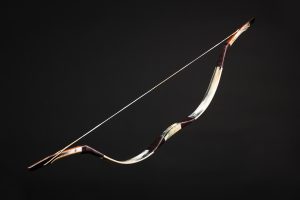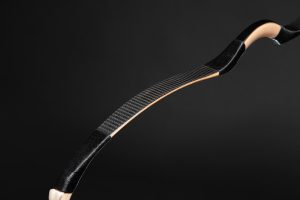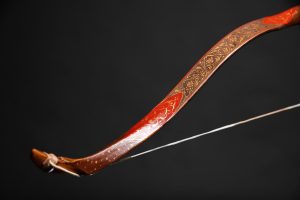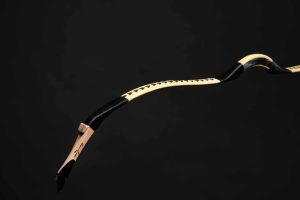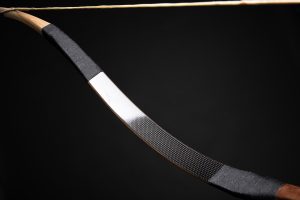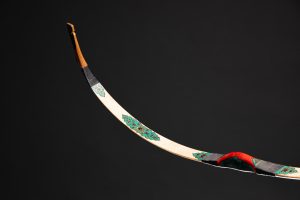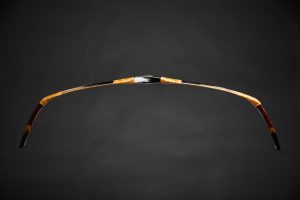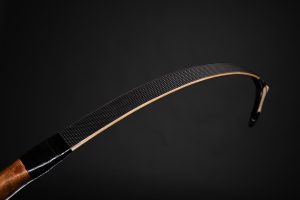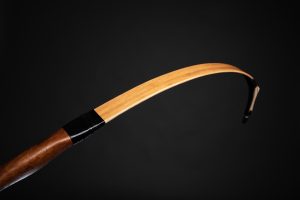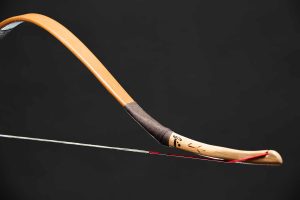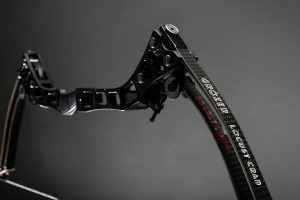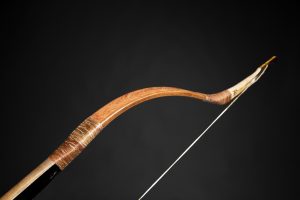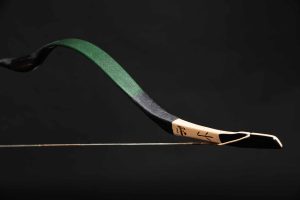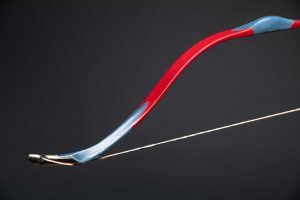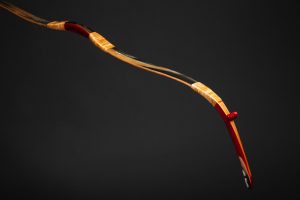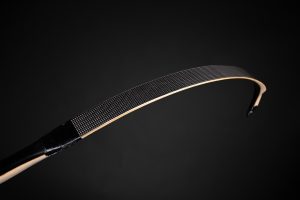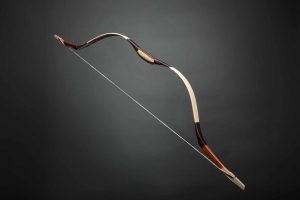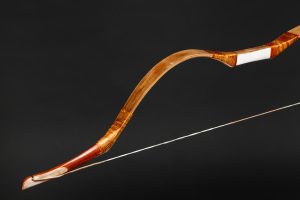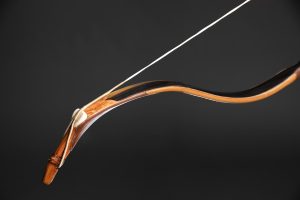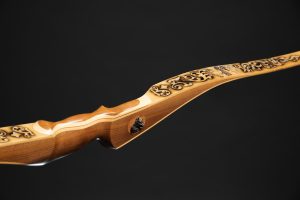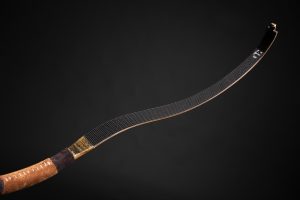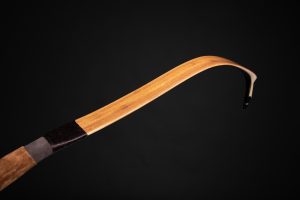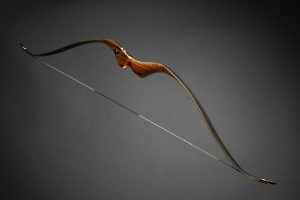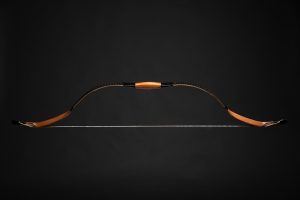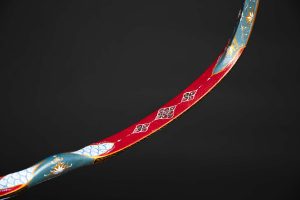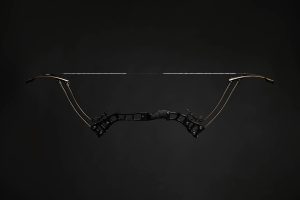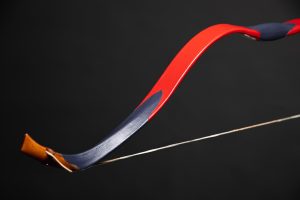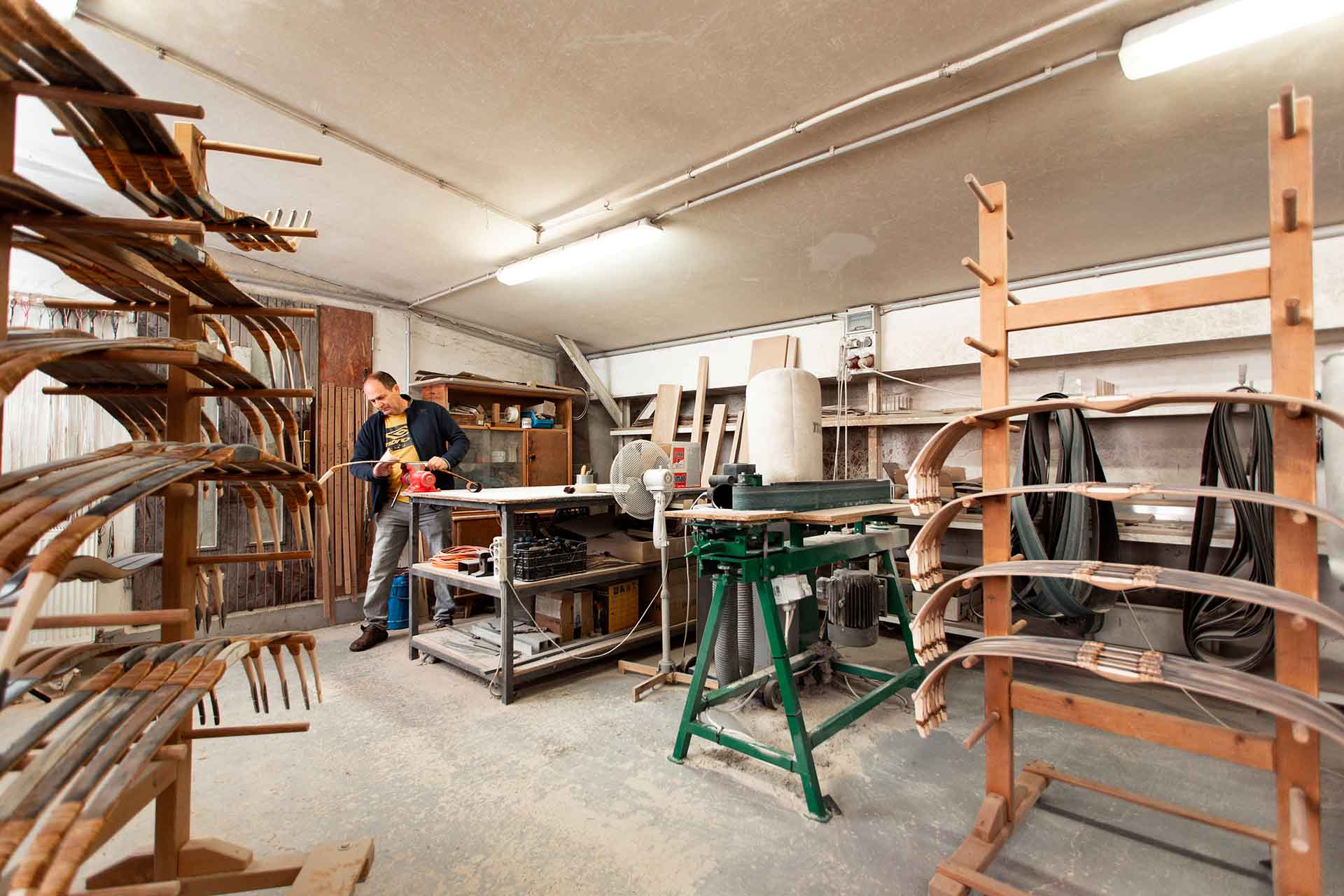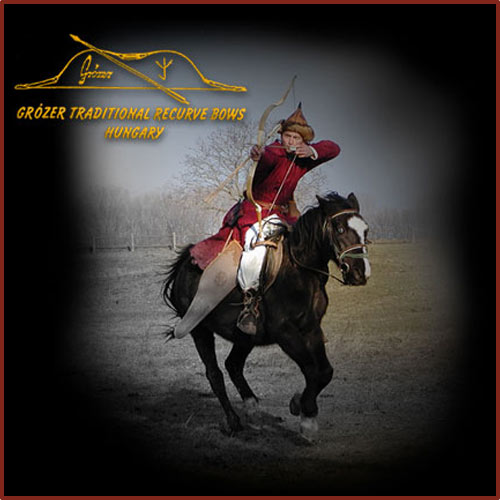
ATTENTION!
Our website contains bows*.
If you are a visitor for professional purposes, log in as our pages contain information for professional purposes only.
In all other cases, please leave our site.
By clicking the "ENTER" button, you declare that you are a visitor for professional purposes only, and that you only need the information on the page for professional purposes.
*Based on the 175/2003. government decree, the bow is considered an instrument of increased danger to public safety. We are not responsible for violations committed with a bow.
ENTER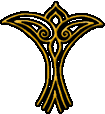
Turkish TRH Laminated bow
Information!
There may be color differences in the picture compared to reality!
You can write it down in the comment section at checkout if you have an idea about the colors.
Bows are usually made from 25-70#. Bows can be made between 75-140#, but only certain models.
From 75#, there is no warranty and we do not take any responsibility for the bows. The buyer must make a written statement of this, that he acknowledges it, and we will charge a +50 EUR cost. Decorative painting is +150 EUR.

Featured Bows
Our bows, which are more special than average and define their product category, deserve special attention.


Who were the Turkish?
The tribe of four hundred families, of Oguz-Turkish origin, migrated from the steppes of Turkestan in Asia Minor to the neighborhood of the weakened Byzantine Empire before the Mongols. They called themselves Seldsuks or Ottomans from their prince. From here, taking advantage of the internal strife in the Balkan states and the neighboring emirates, it expanded to the west and east. The Ottoman military leadership could certainly count on the Crimean Tatars, who appeared on every battlefield from the Adriatic to the Caucasus.
Their combat value was not so much asserted in city storms and open battles, but rather in the perfect destruction and burning of the battlefield. As a result of a century and a half of continuous warfare, the Turks established their foothold in the Balkan Peninsula and Asia Minor for a long time, and eventually occupied most of the Middle East. They brought the seas and straits under their control, i.e. the important routes of world trade.
Europe had to face a new situation, an Ottoman Empire more aggressive than ever before. Initially, only those states whose interests were directly threatened responded to the challenges of the Ottoman Turks. The counterattack of Christian Europe had to wait for another century. The two giant empires, the Habsburgs and the Ottomans, clashed on the territory of Hungary, and since neither could definitively dominate the other, both built the outer defense line of their internal territory here. They divided the country between them and made war a daily occurrence in it for two centuries. In addition to the spahis, the cavalry fighting against estate income, the Janissaries were another mainstay of the Ottoman army. Its creation was based on the fact that one-fifth of the Christian prisoners of war, primarily younger men, were declared by the sultan as his own property. After hard local training and military training, they became janissaries. The bow was one of the main weapons of both the Spahis and the Janissaries.
In Istanbul, the long-range shooting records achieved with bows were recorded on stone pillars in the Square of the Arrows. Those who died “not at home, but on the battlefield, among the spears and arrows of the enemy” were proclaimed as saints and winners. The XVII. At the end of the 20th century, European countries finally decided to attack.
Thanks to the cooperation, Hungary was also freed from Turkish rule for a century and a half. And the Ottoman Empire entered an era of decline after the great loss of territory it suffered. The churches, mosques and mosques they built can still be found in Hungary today as relics of Turkish architecture.
More to read
More about the Turkish



